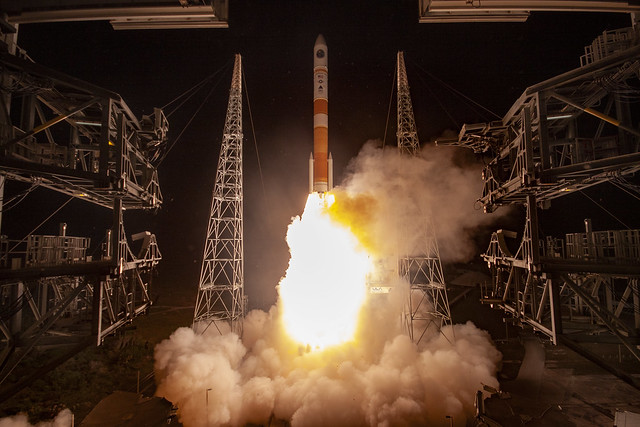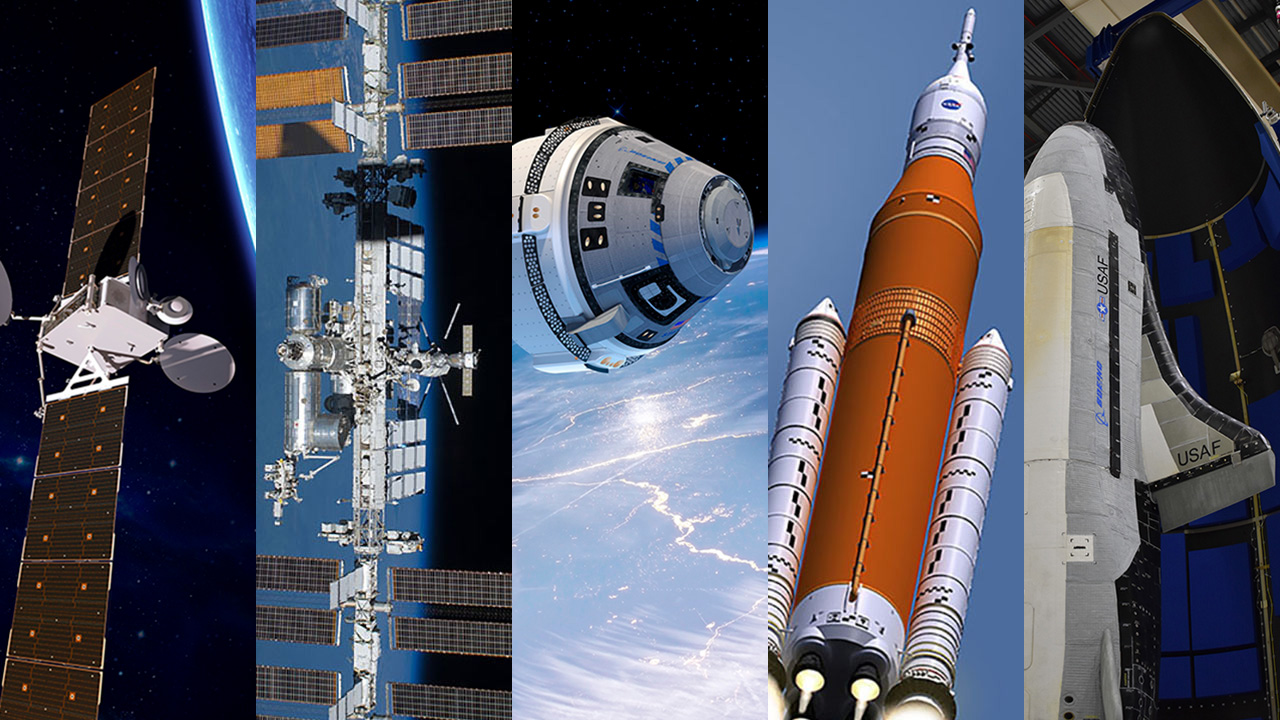The Future of Space Is Built Here
With experience gained from supporting every major U.S. endeavor to escape Earth’s gravity, we’re designing and building the future of safe, assured space exploration and commercial access – even as we lead the digital transition of the satellite industry for both government and commercial customers around the globe.
We’re enabling critical research on the International Space Station (ISS) that benefits the future space economy, deep-space exploration and life on Earth; returning crew launch capabilities to U.S. soil with the CST-100 Starliner commercial spacecraft; ensuring successful delivery to Earth’s orbit with the United Launch Alliance (ULA) joint venture between Boeing and Lockheed Martin; and building heavy-lift, human-rated propulsion to deep space with the Space Launch System (SLS) rocket that will launch missions on a path to the Gateway cislunar outpost, the moon’s surface and Mars. Boeing-built Tracking and Data Relay Satellites (TDRS) provide high-bandwidth communications between Earth-orbiting spacecraft and facilities on the ground.
We also design and build advanced space and communications systems for military, commercial and scientific uses, including advanced digital payload, all-electric propulsion and 3D manufacturing capabilities for spacecraft that can operate in the geosynchronous, medium-Earth-orbital or low-Earth-orbital planes. We’re using innovative manufacturing practices, and simplifying and reducing the complexity of Boeing satellites.
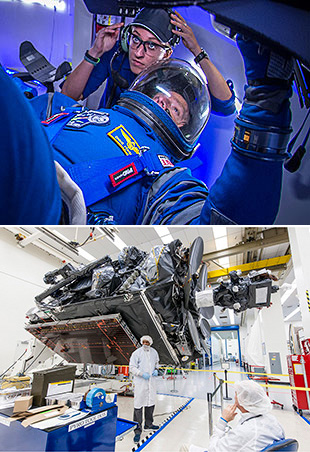
Products and Services
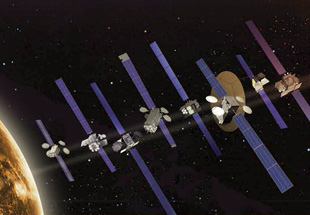
Boeing Satellite Family
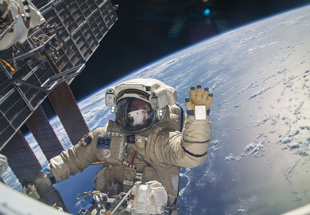
International Space Station
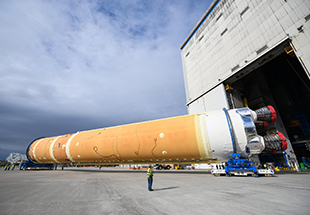
Space Launch System
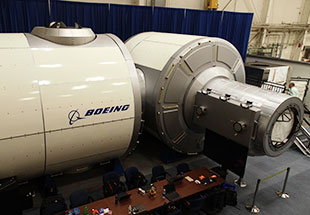
Gateway
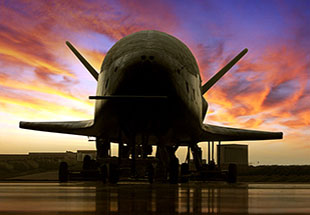
X-37B
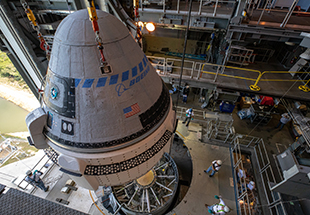
CST-100 Starliner
